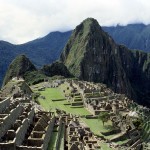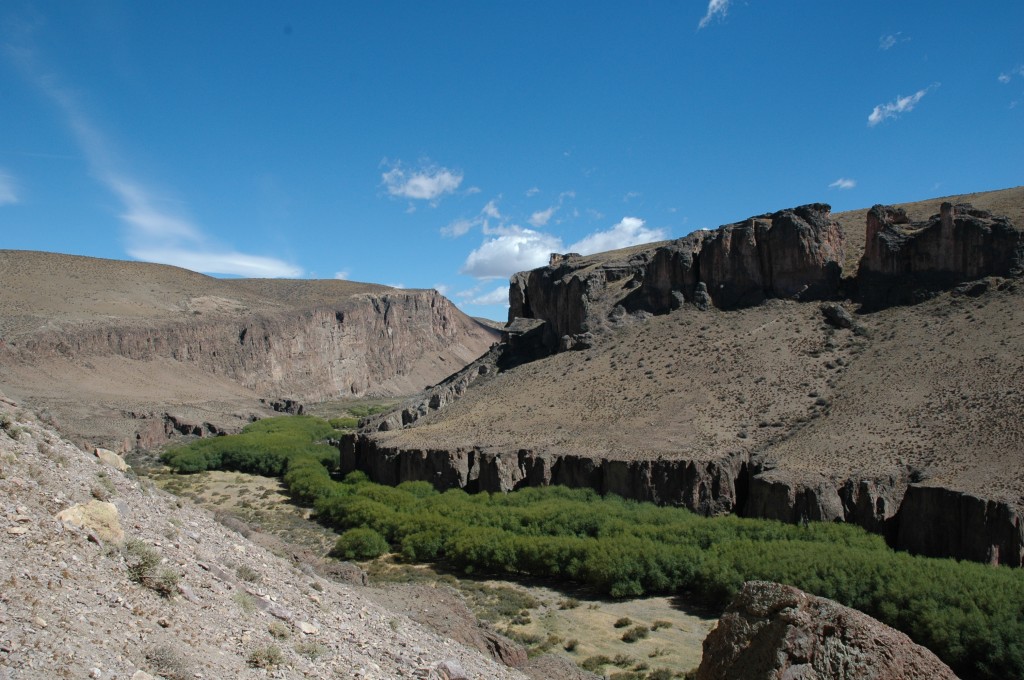 Machu Picchu is on my science traveling list for this year, so I’m doing some preparation and planning for the trip. That includes some background reading like the book, Turn Right at Machu Picchu: Rediscovering the Lost City One Step at a Time, by Mark Adams. I’m only about 20% into it so can’t comment about the quality of the book yet, but already it’s given me some ideas for the future…and brought back some cool memories of a past trip.
Machu Picchu is on my science traveling list for this year, so I’m doing some preparation and planning for the trip. That includes some background reading like the book, Turn Right at Machu Picchu: Rediscovering the Lost City One Step at a Time, by Mark Adams. I’m only about 20% into it so can’t comment about the quality of the book yet, but already it’s given me some ideas for the future…and brought back some cool memories of a past trip.
The author is retracing the footsteps of Hiram Bingham III, the Yale professor who is credited with discovering Machu Picchu in 1911. As with many great discoveries, there is some intrigue about whether he was the first or not and how much it was an accident of faith to find it, but that’s a story for another time. What Bingham was actually looking for was the “Lost City of the Incas.” Before stumbling on Machu Picchu he actually first found a place called Choquequirao.
Choquequirao is considered a sister site to Machu Picchu; to this day it remains largely uncovered and undefiled by the tourist hordes. What struck me about Choquequirao was the eerily familiar approach. Adams has a photo that looks like a lot like this:

My photo above is the approach to the Cueva de las Manos (the Cave of the Hands) in southern Patagonia, Argentina. Those are full size trees in the valley. The caption in the Adams photo says that his valley was mine on steroids – though only six miles total it took “two grueling days” of hiking down, then up. My valley was done in a long half-day, but to me it seemed no less grueling.
Reading the book gives me a taste of what to expect on the trip, as well as some fantastic background history on Inca culture and Andean geography. But it also gave me something completely unexpected – a connection to Abraham Lincoln. It seems that joining Bingham on his expedition to Choquequirao was a “well-connected young man” by the name of Clarence Hay. If that name sounds familiar it’s because Clarence Hay is the son of John Hay, the former Secretary of State to Presidents McKinley and Roosevelt – and former personal secretary to yet another president, Abraham Lincoln.
As I continue reading the book, and continue to prepare for Machu Picchu, I also find myself wanting to write more about my previous trip to Patagonia. I’ll be doing that in the near future. Until then you can read my earlier reminiscences of Patagonia here.
David J. Kent has been a scientist for thirty-five years, is an avid science traveler, and an independent Abraham Lincoln historian. He is the author of Tesla: The Wizard of Electricity (now in its 5th printing) and two e-books: Nikola Tesla: Renewable Energy Ahead of Its Time and Abraham Lincoln and Nikola Tesla: Connected by Fate. His book on Thomas Edison is due in Barnes and Noble stores in spring 2016.
Follow me by subscribing by email on the home page. And feel free to “Like” my Facebook author’s page and connect on LinkedIn. Share with your friends using the buttons below.











Hi! If I were 20 years younger I would SO want to hike the Inca Trail! I was obsessed with the Incas since age 12. 2 books I recommend on the subject are ‘The Last Days of the Incas’ by Kim MacQuarrie, and ‘The White Rock: an exploration of the INca highland’ by Hugh Thompson. My friend and I have decided to go to Peru this October…I’m so excited!
Thanks for the great book recommendations. I’m trying to squeeze in the heavy hiking trips while I can still manage them (which some days seems like for not much longer). Where in Peru are you going?
David, Machu Picchu was our favorite trip. In addition to reading, you need to prepare physically! Even the younger people on our trip couldn’t manage the final climb. But Bernie and I had trained to run a marathon in order to get into condition. It wasn’t that bad, but it was challenging.
I’ve been thinking about that. I definitely need to get into shape for this trip, and definitely will spend a few days in Cusco to get used to the altitude.
Really interested in hearing about this trip. It was on a short list, but was sidelined when Patagonia became a possibility. Some (younger) friends who hiked in described amazingly conditioned porters who would stay behind to clean up camp, eventually come tearing past them barefoot and carrying huge loads, and then be waiting for them at the next camp with everything set up and dinner ready. Hard to imagine… Mostly around sea-level for the last few months, I’m feeling the mere 2k-meters here.
I’m looking forward to it, but still need to get it arranged (still finishing last minute excursions on the islands I’m visiting in two weeks). I’m a little worried about the altitude and conditioning, but will do my best to be prepared.
Actually, I sincerely doubt you’ll have any problem at Machu Picchu, especially if you’ve been able tolerate Cuzco for a couple of days — though you might want to save Cuzco for last. You could alternatively stay in a “Sacred Valley” area town rather than Cuzco, which would allow you to rest and to aclimate a couple of thousand feet lower (big difference with sleep), and Machu Picchu will still be “downhill.” My main observation with altitude is simply to drink much more water than you think you need — dehydration is probably the biggest high altitude issue, and it’s often mistaken for “altitude sickness.”
Much of the issue for me is just having returned home with a travel-surprise that’s making it a little difficult to keep hydrated. 😛
Should be working out the basic plan this weekend. I’ve had dehydration issues in the past so will keep that in mind.
Travel-surprise? I’m intrigued.
Eh… Probably just something I ate — somewhere between the Szechuan frog legs and the Chinese cobra.
Hope you survive. 🙂
Pingback: Machu Picchu, or, Serbia? That is the Question | Science Traveler